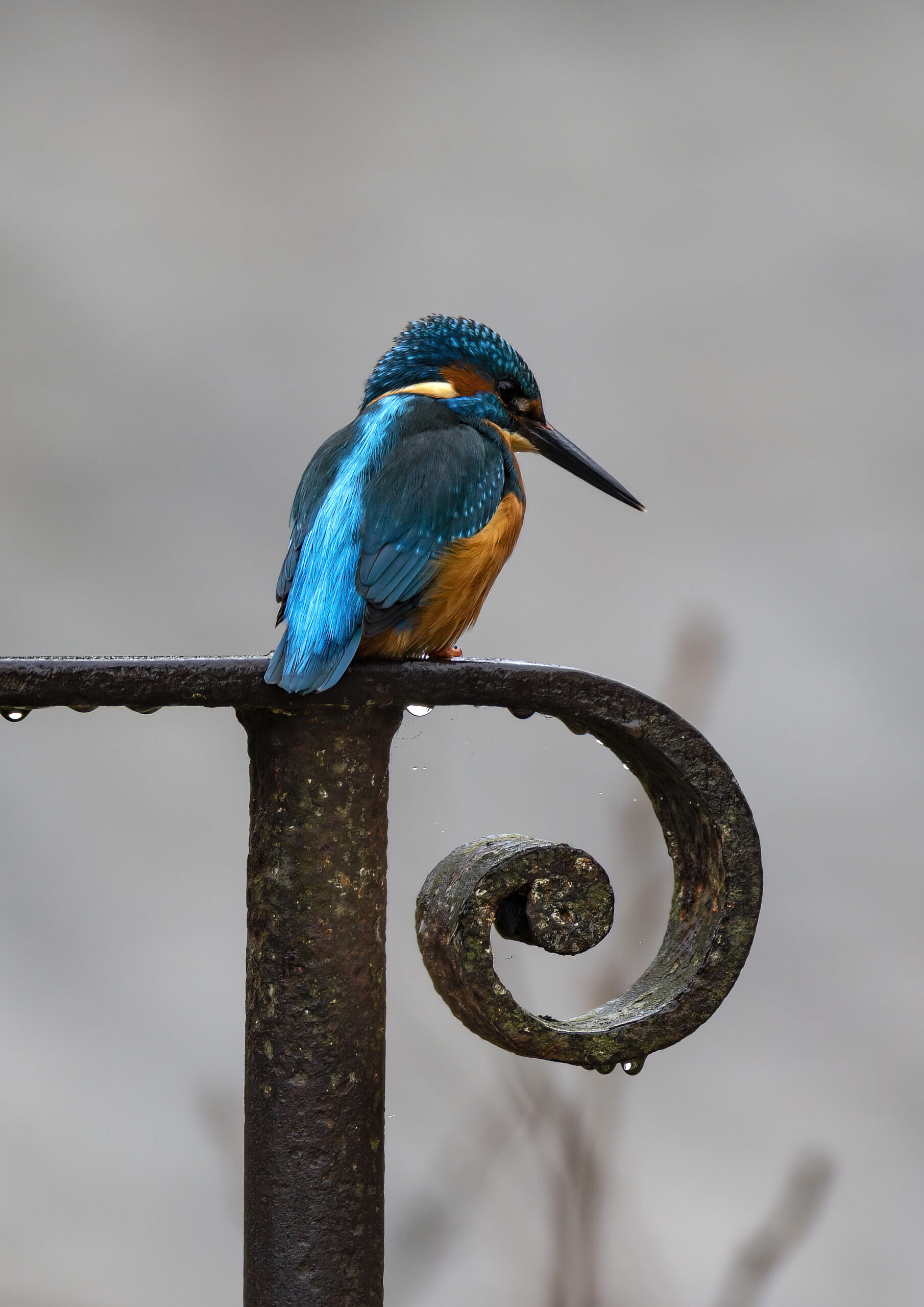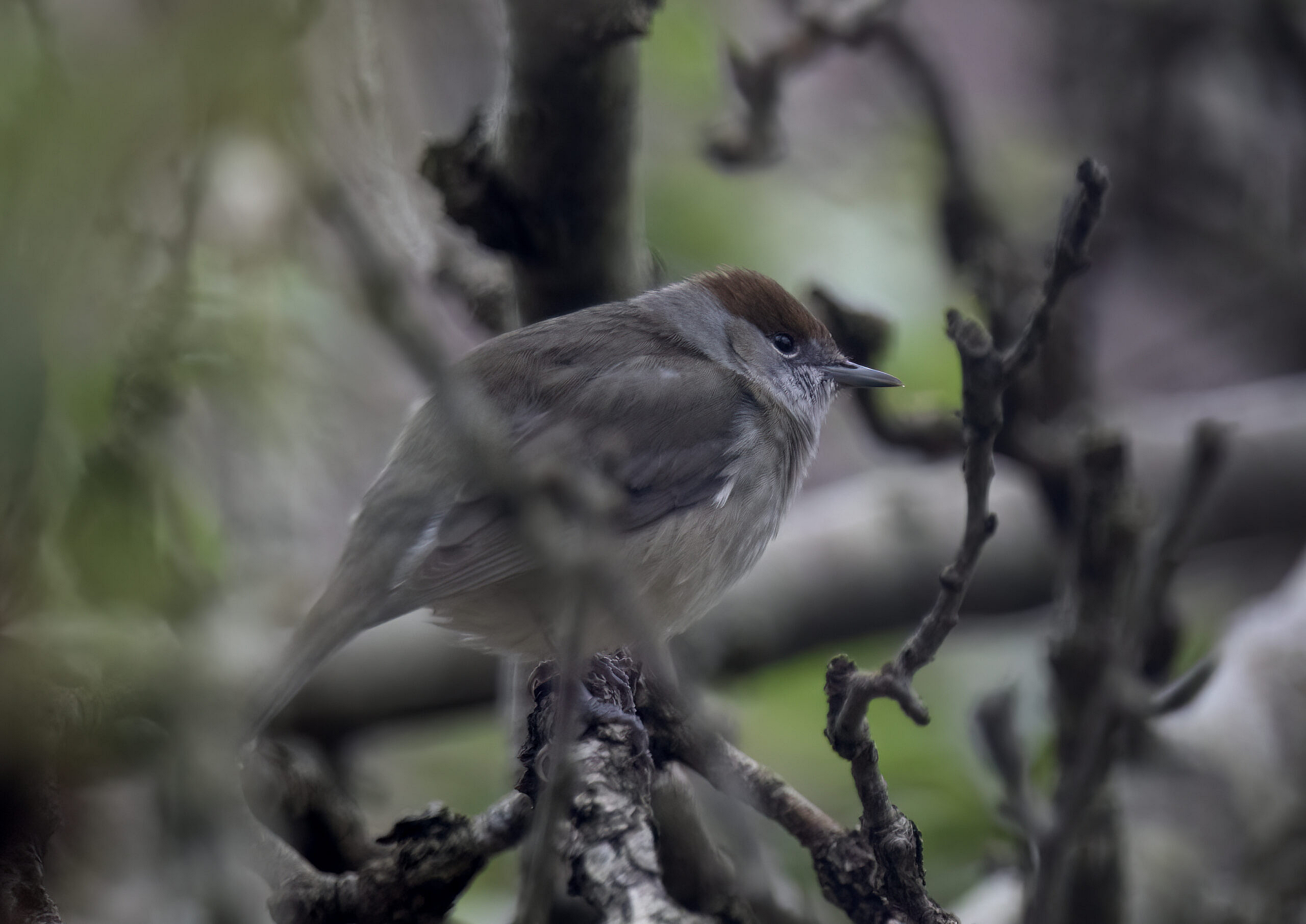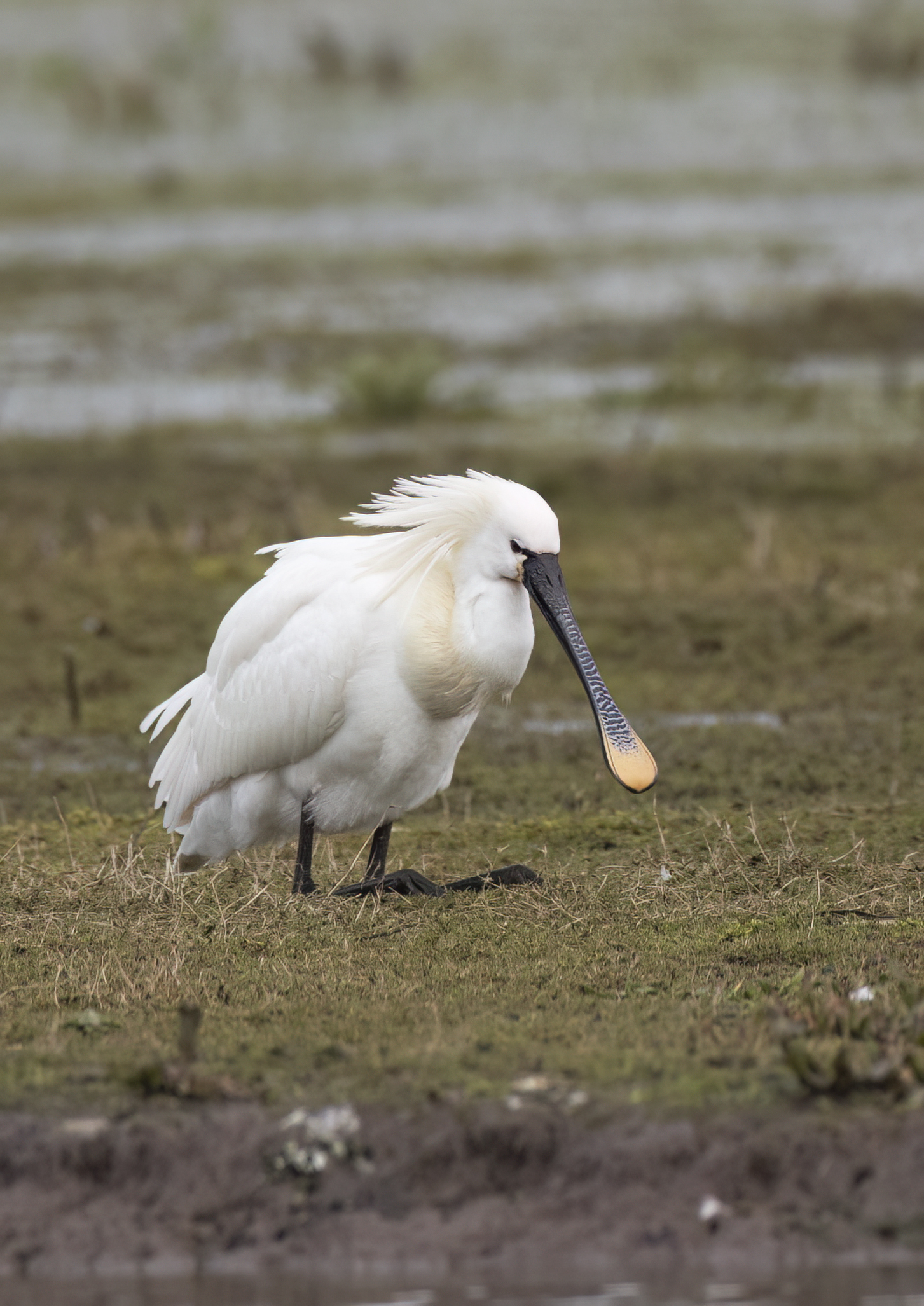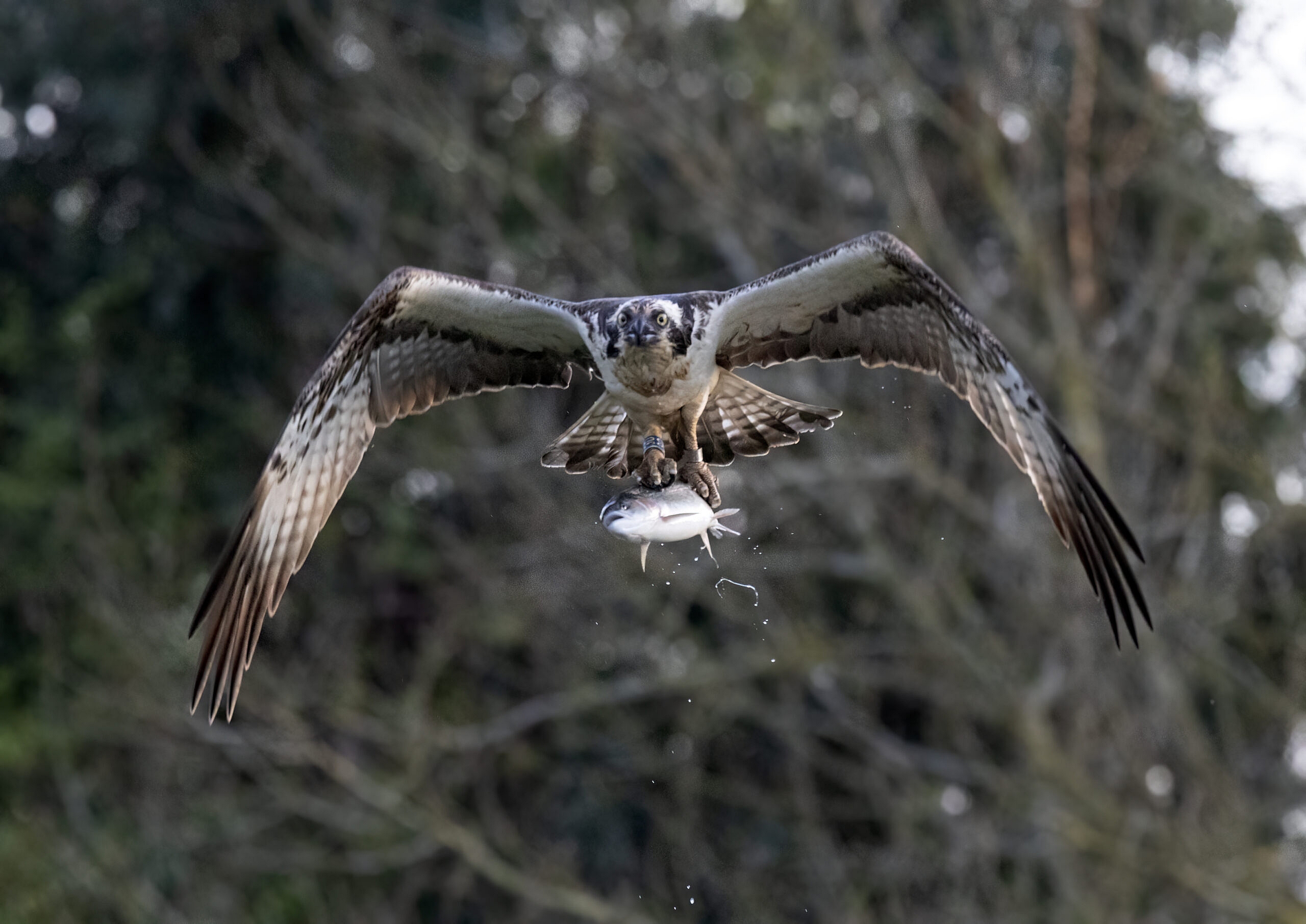Recently I was in the Wiltshire riverside town of Bradford-on-Avon. It’s a pleasant place to visit, and I can recommend it, but I was there not the see the town’s attractions, but rather a rare visitor to our shores, a bird called a ‘dusky warbler’. Despite breeding in the Taiga of Eastern Russia and the palearctic, this diminutive little bird – smaller than a sparrow, bigger than a wren – migrates substantial distances south to overwinter in South and Southeast Asia. So why Bradford on Avon? Because every year a number of dusky warblers get thoroughly lost and head not South, but West. Of these a tiny handful – usually around 6 or 7 birds annually – land in Britain, and this year, one had landed in Bradford on Avon. It’s not a particularly easy bird to spot, as it is very dull-coloured, and much given to skulking amongst leaflitter and bushes. Its Latin name Phylloscopus fuscatusI roughly translates out as ‘dark leaf-seeker’, which gives you an idea what our forebears thought of it. “Skulking wee brown job” might be a better translation.
But surprisingly, this is not a blog about a dusky warbler. I heard it briefly, but never saw it despite several hours of patient watching. This is a blog about some ironworks, a different bird, and a young girl I’ll call “Lucy”, although that’s not her name.
The river Avon was in full spate when I visited, bulging at the seams with racing, foam-capped light brown water, like an endless white americano. I was standing on the “Packhorse Bridge”, directly above the torrent, with good views of the spot where the dusky warbler was last seen. Built of low stone arches, the Packhorse Bridge really was a bridge for packhorses back in the 14th Century. Grade-II listed, it was extensively updated in the 19th Century and these days carries only people and dogs, connecting on the far bank to no more than some footpaths that wind along the Avon and up the steep hillside. But this bridge is also well-known as a favourite spot for one of the town’s more famous residents, a pair of kingfishers. A female holds court higher upstream, nearer the town, but the male has his territory centred around the bridge. I’d hardly arrived when he was spotted, fishing from a bankside willow into a pool of calmer water caused by some fallen branches. As a small group of people watched him, a young girl and her guardian came onto the bridge to see what the fuss was. I loaned her my binoculars, and her delight in seeing the kingfisher was obvious, especially when the bird dived and caught a fish as she watched. Together we watched the kingfisher for around fifteen minutes. But then it flew off, Lucy departed, and I returned to my ill-fated dusky warbler vigil. Half an hour after that, having done a tour of its other fishing spots both upstream and down, the kingfisher returned, and this time it perched on the iron railings that line the bridge. It landed there at the exact moment that Lucy was walking back along the river bank, bird and girl seemingly synchronised. I called to her, and pointed. Her excitement at seeing the bird again was obvious, and the bird seemed to know that she meant it no harm, because it flew nearer to her, up and onto the post on the end of the railings. The railings finish here in an ornate iron scroll at the end. The Kingfisher landed on the scroll, and I took a nice photo. But the scroll on the end of the ironworks got me thinking. The Packhorse Bridge was fast becoming a redundant structure when it was made. Yet the builders of the railings still added that little flourish on the end, a little sign-off of their work, a mark of their skill and their pride in their work. It serves no purpose and is purely decorative.

‘Purely decorative’ is something we’ve lost since the bridge was built. Everything we do these days is utilitarian, built for purpose; and attractiveness and beauty play second fiddle to cost and function. We don’t carve vines into the concrete of new buildings or put decorative plasterwork into the ceilings of our new homes. Nobody in their right minds would put an ornamental scroll on a modern bridge, especially one with little or no function. It would be superfluous, something we can avoid paying for. Beauty, the joy of living in an environment that does more than just feed or house us, is nowhere near the top of our list of priorities anymore. And I couldn’t help thinking how that same philosophy applied to the kingfisher, too. While the kingfisher itself is not particularly threatened at present, it is a species which is strongly susceptible to the state of our rivers, and those rives are under increasing siege from pollution. After decades in which our waterways improved, targets to reduce pollution have just this week been quietly pushed back by the Environment Agency. Britain’s rivers are no longer required to be clean before 2063. Yes, you read that correctly. At my age, I will not live to see it. There is a good chance that the kingfisher will join the sad parade of species which are declining at our hands. And species loss isn’t just about the impact it has on our food and our air and our health. It is also about the loss of beauty and colour and form from our lives. Biodiversity is about kingfisher blue and robin red, about the ‘chack… chack’ of jackdaws and the tinny silversmithing sound of wrens. It’s about daffodils and poppies, about green beech leaves and blue butterflies and the song of the skylark. It’s about all the things that help us know that we are not deaf or blind, that summer is better than winter, and that we are not alone.
But Lucy’s delight in seeing the kingfisher gives me hope. Hope that the next generation still appreciate beauty. Hope that they will continue to appreciate nature, even though they will see far less of it than I have. And hope that perhaps they will do a better job of looking after our rivers, our wildlife and our landscape than my generation seems to have done. So Lucy, this one’s for you.






4 comments On For the girl on the bridge
Oh, that’s beautiful and I’m sure Lucy/Lettie will remember that kingfisher sighting for many years. I still get very excited whenever I see one, which isn’t very often.
At least you see one, which puts you well above may people.
Lettie my granddaughter – the ‘girl on the bridge’ says thank you! And happy Christmas Steve!
You’re most welcome. A pelasure to meet you both
Comments are closed.